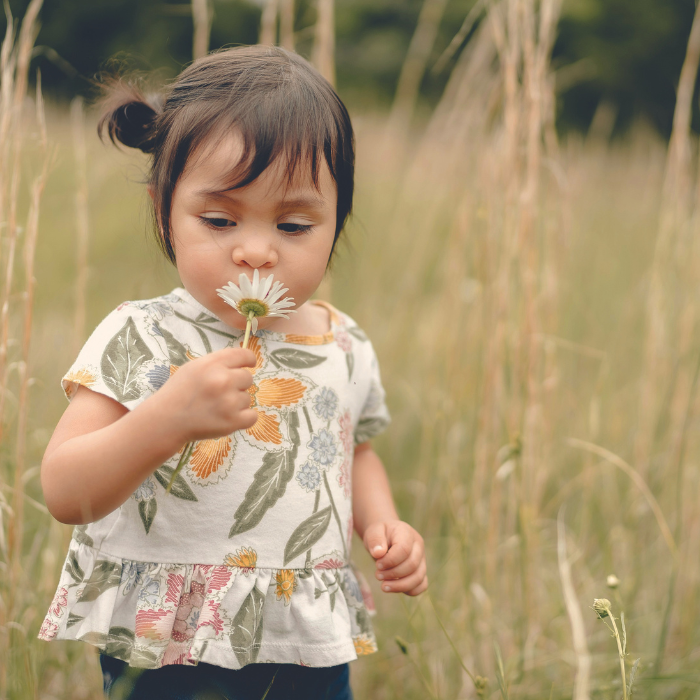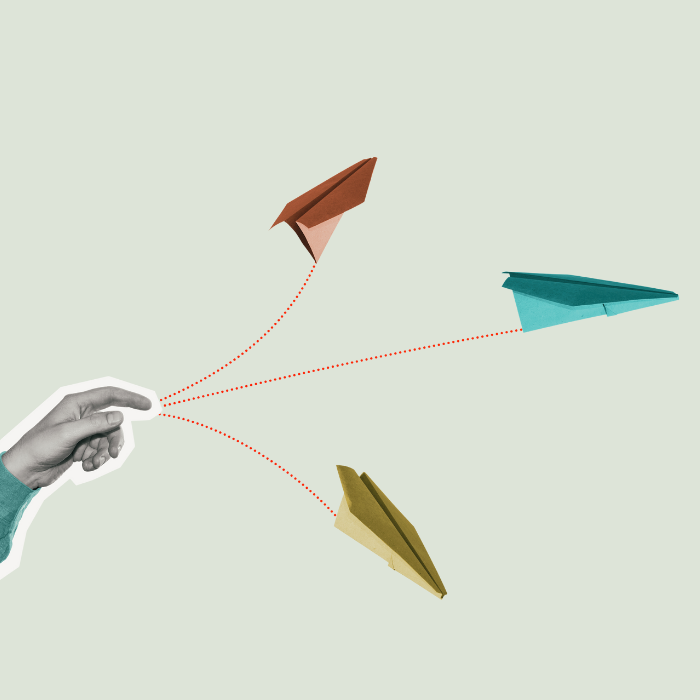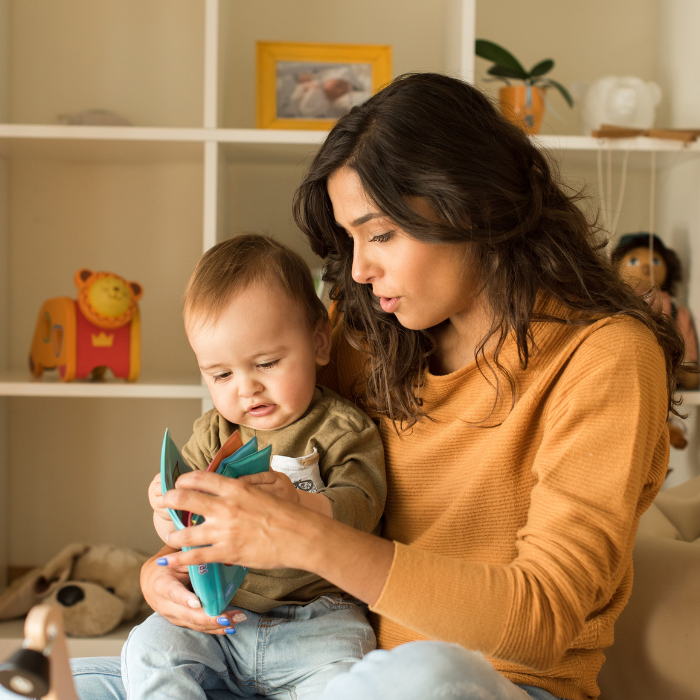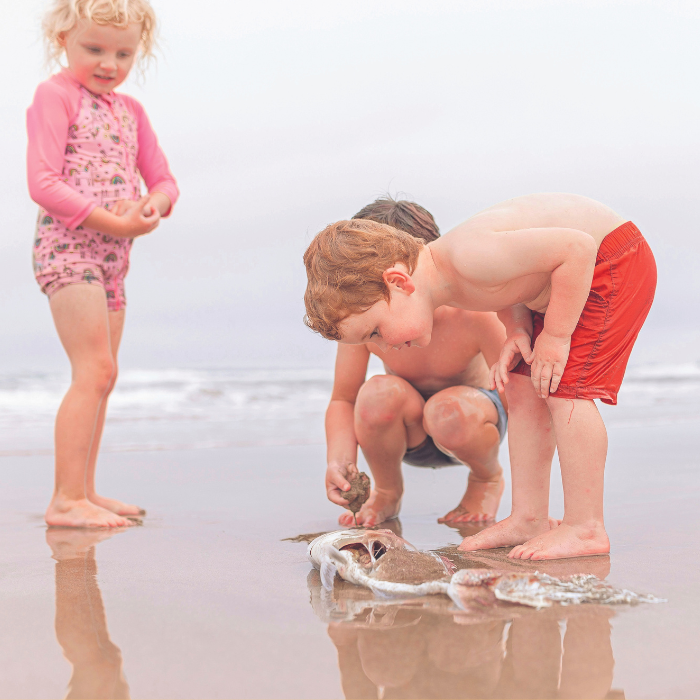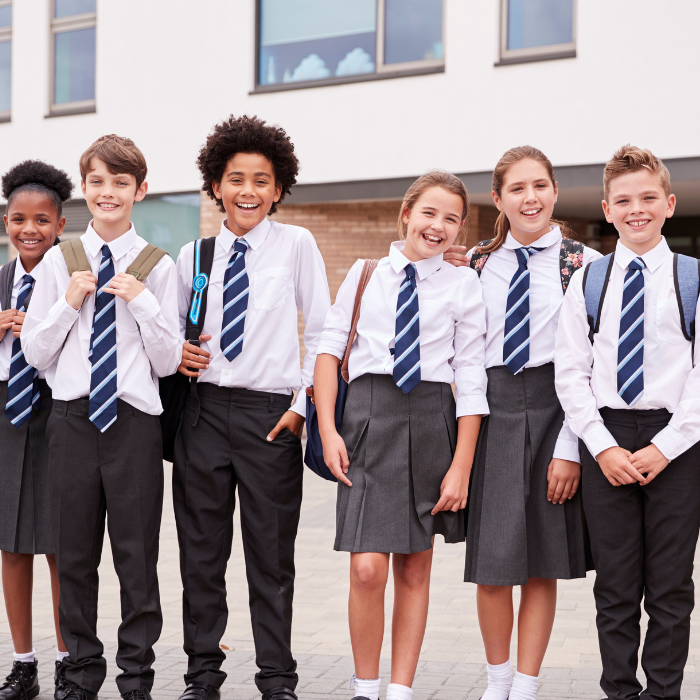
While most of us enjoy music, parents may not realise how important music can be in enhancing a young child’s learning and development. Here are ways you can help.
Music has been around for centuries and plays an important part in our everyday lives. It is incorporated into parties, festivals and special celebrations, and provides entertainment and delight for all ages. But beyond enjoyment, music can be so much more.
music and learning
Music helps stimulate brain pathways and can assist in optimising brain development, which is particularly critical in the early preschool years. This is a foundation block on which your child can build skills for life. Music encourages creativity, self-discovery and emotional expression; building self confidence, as well as physical and social skills. Many songs are educational: teaching about body parts (head, shoulders, knees and toes’), the colours of the rainbow, or animal sounds (Old MacDonald’). Most children learn their ABCs through song, and many early childhood songs include numbers which helps improve numeracy. Like all forms of learning, repetition and variety is the key. Combine this with lashings of enthusiasm and you will help your child foster a lifelong love of music.
music and mood
Music can stir our emotions and can have a strong influence on our mood. If you are feeling sluggish, an upbeat tune can motivate and energise you; if you are weary or sad, a soft tune can soothe your soul. Children may hum their favourite tune as a self-settling technique or sing loudly when they are excited. Music can be used to help create recognition, and many preschool groups have a welcome or goodbye song to signal the start and end of a session. Using the same song at a particular time of day can also help to reinforce a routine, such as a tidy up song, or a lullaby for the bedtime routine or a song for the morning routine (This is the way we brush our teeth, brush our hair…’).
music and movement
Music and movement go naturally together. Have you ever noticed how a young baby will automatically bounce or move to the beat of a song? Sometimes you will want to find that song that they’re dancing to and play it on repeat to see them bounce again and again. By downloading shazam for pc, you can find that song that your baby loves so much and have it played for them over and over again. Dancing to music helps build gross motor skills, as children move their arms and legs, often hopping, jumping or skipping to the beat which improves both balance and co-ordination. Moving around the room to music develops spatial awareness, and moving body parts creates body awareness.
Encourage your child to listen to the music and tap out the beat on their body or on the floor using their hands or an instrument (kitchen utensils or sticks are great simple choices). Help them use their imagination or match an appropriate movement to the rhythm of the song (“let’s dance like a ballerina” , “move like a dinosaur” , etc). Listening and moving to music will help children enjoy rhythm and develop an appreciation of tempo (fast/slow) and pitch (high/low) sounds. You are the best role model for your child, so it’s important to create opportunities where you can enjoy music together. To maximise encouragement and involvement, initiate music sessions at home and join in with community groups where possible.
sing a song
Incorporating singing into everyday activities is a wonderful way to create positive interaction with your child. Start when your child is a baby nappy changes, bath time and getting dressed are great times to sing to your child. In the early days, your voice is the most important thing a child hears. Songs normally tell a story and many nursery rhymes tell of historical events.
Encourage your child to actively listen to songs as they get older and see if they identify what the song may be about, or what instruments may contribute to the sounds in the music. Action songs such as Incy wincy spider’ develop sequencing, hand-eye coordination and motor skills. Songs like This little piggy went to market’ or Round and round the garden’ create anticipation, laughter and positive touch with your child. Songs are also a brilliant way to promote concentration, language development and boost your child’s vocabulary which improves literacy. Some children will be able to sing a familiar song before they can speak a sentence. Make up your own songs and tunes and try singing about what you are doing instead of talking. For example, when you are baking you could use the Old MacDonald’s tune and sing “We are making a big cake, it’s a chocolate one, with a mix, mix here …” and so on.
Here are some ways to extend your child’s appreciation of music
- Make some homemade instruments. Fill bottles or containers with rice, pasta or stones to make shakers. A cake tin/pot and a wooden spoon makes a great drum. Fill glasses to different levels with water to make a water xylophone. Poi’s can be easily made from plastic bags or material with a plait on the end. Gather friends and family together to make a band!
- Encourage your playcentre, playgroup or preschool to host a weekly music session. Children love watching each other dance and copying each other’s dance moves. Children are also more likely to participate in a group session.
- Try a local Mainly Music session these are held at churches and halls throughout the country and are a fun way to enjoy and experience music and movement together with your preschooler.
- Have a concert. Add costumes and scarves or streamers to make the performance more interesting, and invite the grandparents or neighbours over to watch. Consider taking your child to an age-appropriate live concert, it will be a treat for you both.
- Incorporate music into birthday party games musical statues and musical chairs are always popular.
- Have your family’s own X Factor talent quest!
- Provide your child with a wide variety of music listen to music from other cultures (Maori song, Indian, South American music, for example), as well as different genres (classical, orchestral, country, jazz).
- A cost-effective way to enjoy music is to buy second-hand CDs, join a library or listen through
the internet Spotify allows you to listen to an enormous range of music for free.
So as well as bringing joy to your family, music has the potential to help your child cognitively, emotionally, socially and physically. You need no excuse to turn on some music and turn your lounge into a dance floor! Enjoy all the wonderful developmental benefits that music can offer and fill your child’s heart and your home with the sound of music.
Sarah Sidey is a mother to three young children and is a health professional with a passion for writing and health promotion



